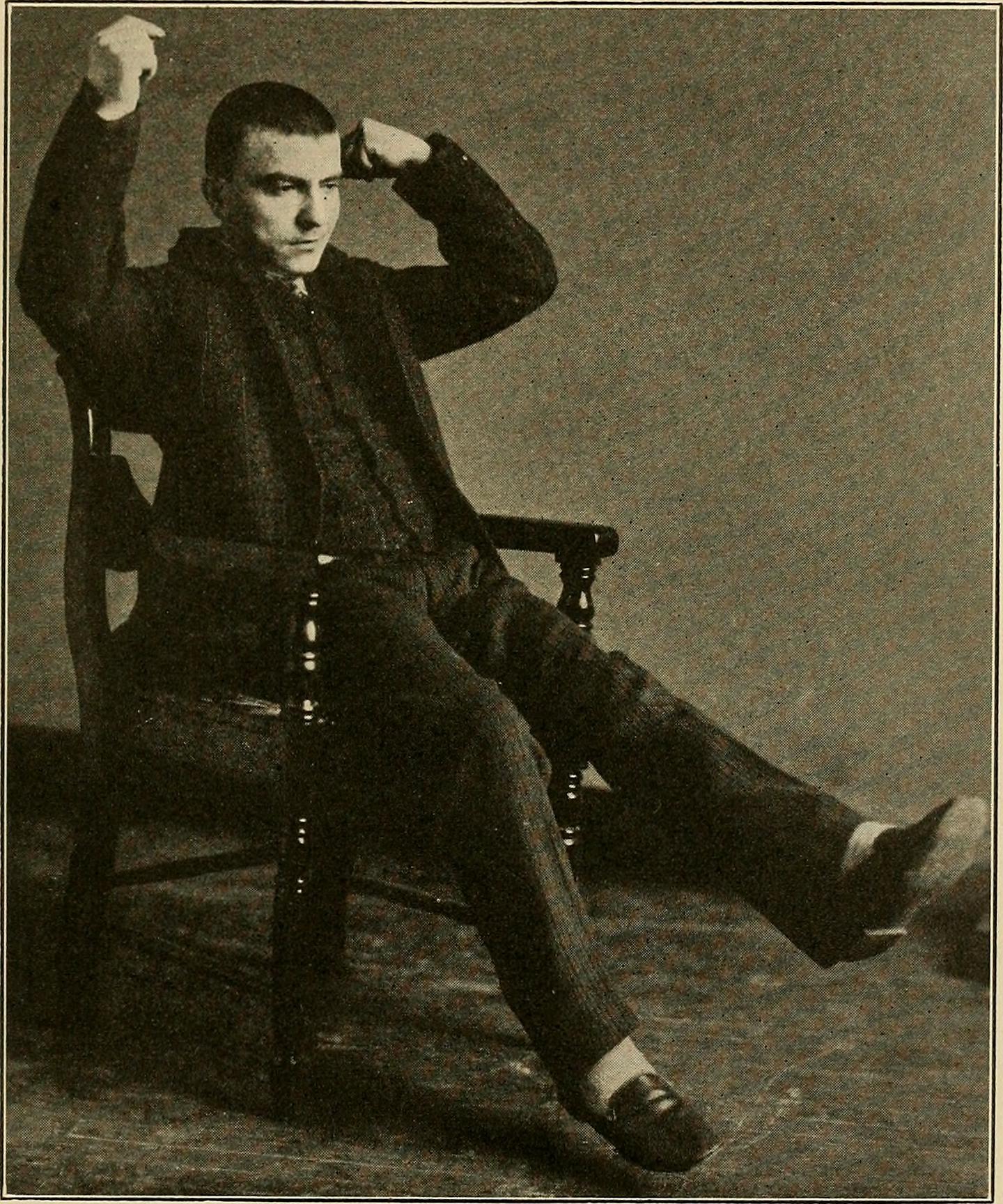Catalepsy

Editor-In-Chief: Prab R Tumpati, MD
Obesity, Sleep & Internal medicine
Founder, WikiMD Wellnesspedia &
W8MD medical weight loss NYC and sleep center NYC
| Catalepsy | |
|---|---|

| |
| Synonyms | N/A |
| Pronounce | N/A |
| Specialty | N/A |
| Symptoms | Muscle rigidity, decreased sensitivity to pain, waxy flexibility |
| Complications | Aspiration pneumonia, pressure sores |
| Onset | Sudden or gradual |
| Duration | Variable |
| Types | N/A |
| Causes | Neurological disorders, psychiatric disorders, drug use |
| Risks | Parkinson's disease, schizophrenia, epilepsy |
| Diagnosis | Clinical assessment, neurological examination |
| Differential diagnosis | Parkinsonism, stupor, coma |
| Prevention | N/A |
| Treatment | Benzodiazepines, antipsychotics, supportive care |
| Medication | N/A |
| Prognosis | Variable, depends on underlying cause |
| Frequency | Rare |
| Deaths | N/A |


Catalepsy is a medical condition characterized by a trance or seizure with a loss of sensation and consciousness accompanied by rigidity of the body. The condition is associated with catatonia and can occur in various neurological disorders.
Symptoms[edit]
The primary symptoms of catalepsy include:
- Muscle rigidity
- Fixed posture
- Decreased sensitivity to pain
- Decreased response to external stimuli
- Waxy flexibility, where limbs remain in the position they are placed
Causes[edit]
Catalepsy can be caused by several factors, including:
- Neurological disorders such as epilepsy, Parkinson's disease, and schizophrenia
- Psychiatric conditions such as catatonia
- Drug use, particularly antipsychotic medications and stimulants
- Brain injuries or tumors
- Infections affecting the central nervous system
Diagnosis[edit]
Diagnosis of catalepsy typically involves:
- Clinical examination to observe symptoms
- Neurological assessment
- Psychiatric evaluation
- Imaging studies such as MRI or CT scan to identify underlying causes
- Electroencephalogram (EEG) to monitor brain activity
Treatment[edit]
Treatment for catalepsy focuses on addressing the underlying cause and may include:
- Medications such as benzodiazepines and antipsychotics
- Therapy for associated psychiatric conditions
- Physical therapy to manage muscle rigidity
- Supportive care to ensure patient safety during episodes
Prognosis[edit]
The prognosis for individuals with catalepsy varies depending on the underlying cause. With appropriate treatment, symptoms can often be managed effectively.
See also[edit]
Categories[edit]

This article is a psychiatry-related stub. You can help WikiMD by expanding it!
Ad. Transform your life with W8MD's Budget GLP-1 injections from $75


W8MD offers a medical weight loss program to lose weight in Philadelphia. Our physician-supervised medical weight loss provides:
- Weight loss injections in NYC (generic and brand names):
- Zepbound / Mounjaro, Wegovy / Ozempic, Saxenda
- Most insurances accepted or discounted self-pay rates. We will obtain insurance prior authorizations if needed.
- Generic GLP1 weight loss injections from $75 for the starting dose.
- Also offer prescription weight loss medications including Phentermine, Qsymia, Diethylpropion, Contrave etc.
NYC weight loss doctor appointmentsNYC weight loss doctor appointments
Start your NYC weight loss journey today at our NYC medical weight loss and Philadelphia medical weight loss clinics.
- Call 718-946-5500 to lose weight in NYC or for medical weight loss in Philadelphia 215-676-2334.
- Tags:NYC medical weight loss, Philadelphia lose weight Zepbound NYC, Budget GLP1 weight loss injections, Wegovy Philadelphia, Wegovy NYC, Philadelphia medical weight loss, Brookly weight loss and Wegovy NYC
|
WikiMD's Wellness Encyclopedia |
| Let Food Be Thy Medicine Medicine Thy Food - Hippocrates |
Medical Disclaimer: WikiMD is not a substitute for professional medical advice. The information on WikiMD is provided as an information resource only, may be incorrect, outdated or misleading, and is not to be used or relied on for any diagnostic or treatment purposes. Please consult your health care provider before making any healthcare decisions or for guidance about a specific medical condition. WikiMD expressly disclaims responsibility, and shall have no liability, for any damages, loss, injury, or liability whatsoever suffered as a result of your reliance on the information contained in this site. By visiting this site you agree to the foregoing terms and conditions, which may from time to time be changed or supplemented by WikiMD. If you do not agree to the foregoing terms and conditions, you should not enter or use this site. See full disclaimer.
Credits:Most images are courtesy of Wikimedia commons, and templates, categories Wikipedia, licensed under CC BY SA or similar.
Translate this page: - East Asian
中文,
日本,
한국어,
South Asian
हिन्दी,
தமிழ்,
తెలుగు,
Urdu,
ಕನ್ನಡ,
Southeast Asian
Indonesian,
Vietnamese,
Thai,
မြန်မာဘာသာ,
বাংলা
European
español,
Deutsch,
français,
Greek,
português do Brasil,
polski,
română,
русский,
Nederlands,
norsk,
svenska,
suomi,
Italian
Middle Eastern & African
عربى,
Turkish,
Persian,
Hebrew,
Afrikaans,
isiZulu,
Kiswahili,
Other
Bulgarian,
Hungarian,
Czech,
Swedish,
മലയാളം,
मराठी,
ਪੰਜਾਬੀ,
ગુજરાતી,
Portuguese,
Ukrainian